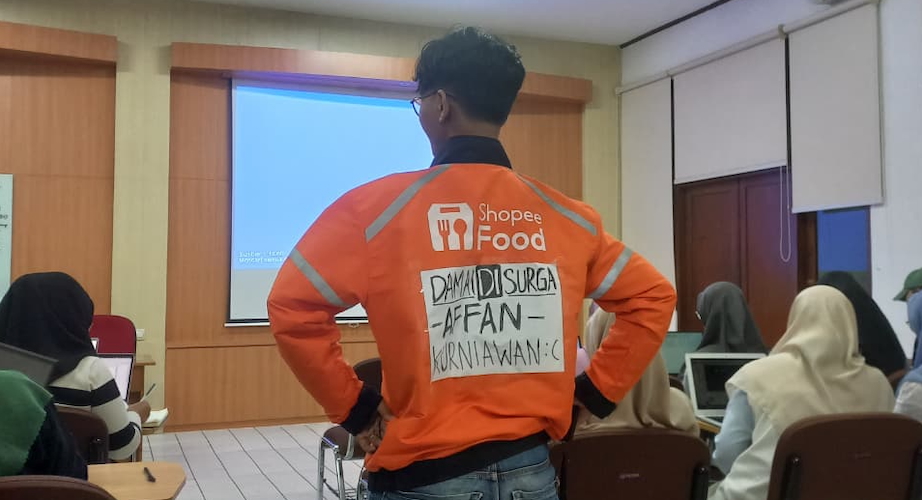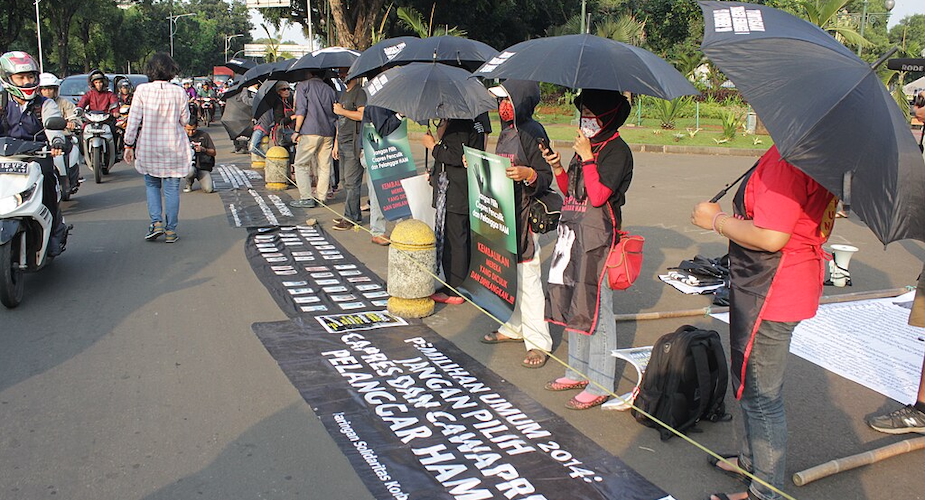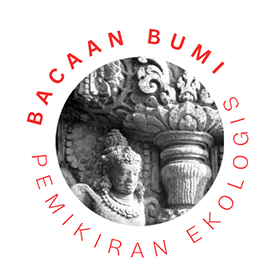The search for the missing continues
Over the past few years, as part of a research project, I have listened to many East Timorese tell me about family members who went missing or were forcibly disappeared during the Indonesian occupation. Some were separated from their loved ones during the large-scale displacements induced by the Indonesian invasion and military operations in the first five years of the occupation. Tragically, some had to leave family members in the mountains because they were too frail, sick or elderly to continue running. Others have told me of how their family members were arrested by the Indonesian military or police, or the East Timorese Hansip (Pertahanan Sipil/civil defence) who worked for them, taken to prison or military posts for questioning and never seen again. Some were simply bundled into sacks and stuffed into the boot of cars. These people are now considered dead, their bodies assumed to lie in remote locations or to have been burned or thrown into the sea and irretrievable.
I have also heard many stories of children taken to Indonesia during the occupation in situations involving various degrees of coercion. Fearful of giving away their location, women embedded with Timorese resistance forces in the mountains had to leave their babies in rice paddies, by the side of the road, or next to freshwater springs, close to villages where they would be easily found. Some later heard that Indonesian military officers had ‘adopted’ their babies. Others had older children who were recruited under duress by the Indonesian military as TBO (Tenaga Bantuan Operasi/Auxiliary Support Force) and again, taken to Indonesia. Still others signed agreements – again, often under duress – with members of the military, or with religious or charitable institutions, to allow their children to be transferred to Indonesia for education. While many families lost contact with these missing children (labarik lakon), they retain hopes that the children, now adults, are still alive and might find their way home.
In Timor-Leste, as elsewhere, missing bodies possess an ambiguous status that is profoundly unsettling. Although invisible, the missing paradoxically remain a haunting presence, neither alive nor confirmed dead, inhabiting an in-between realm. This haunting presence takes on an added resonance in a society where the spirits of the dead, if not properly buried and cared for, are experienced as restless, wandering and unhappy beings. Unable to transfer to the realm of the ancestors where they can become a benevolent and protective presence, the spirits of missing and unburied dead may visit their family members through dreams, reminding them of unfulfilled mortuary responsibilities, and inflicting problems such as illnesses, infertility, death, and natural disasters.
Re/membering
The Timor-Leste state, geographically constrained and politically driven to rebuild relations with Indonesia, has not prioritised the search for the missing, and there has been limited assistance from international organisations. Families have relied on the resources they have at hand – political, economic and cultural – to search for, or make meaning of, the protracted absence of their loved ones.
Some are travelling to remote parts of the country to search for loved ones assumed to be dead. After gathering funds and assembling information from various sources, including eyewitnesses and messages from the spirit realm (for instance, dreams, in which spirits may provide clues about the location of bodies), they go in search of small pieces of bone and clothing. These substances, if found, are carefully wrapped in tais, placed in coffins, and reburied in family cemeteries.
If searching for the remains of the dead is not an option, people turn to rituals to call home the spirits of their missing loved ones. These rituals often take place at the presumed place of death or in an uma lulik (spirit houses) and involve calling spirits to enter soil or rocks taken from that site. These substances then become the ‘bodies’ of the dead and are carefully reburied. Through these rituals, the dead can join the realm of the ancestors, from where they can care for the living.
When it comes to the labarik lakon, a small number of families have been reunited with their now adult missing children through a program led by Asia Justice and Rights (AJAR). Some families are trying to trace their lost children or ask for help through contacts in the military, the church, the Timor-Leste government, or through Facebook. However, in many cases, families once again turn to the spiritual realm for assistance. Powerful Matan Do’ok (ritual leaders) can interpret betel-nut leaves (bua malus), chicken intestines, and banana tree trunks to provide signs about whether a child is still alive, providing families with a semblance of peace.
Families also pray to their ancestors, asking for them to use their power to open their missing children’s hearts to messages from the spirit realm calling them to return to their land, their families. By mentioning the children’s names during rituals on significant religious days (such as All Souls Day), families also ensure that the lost children remain part of the family and receive ancestral protection.
Local practices such as these are re-membering the missing, bringing them back into relation with the family where they can be cared for, consoled, fostering intergenerational wellbeing. These practices allow families to negotiate the ambiguous status of the missing and enact everyday forms of social repair.
Absent heroes
The missing also haunt the Timor-Leste state. This is evident in the case of Nicolau Lobato, the first prime minister of the Democratic Republic of East Timor, proclaimed by FRETILIN on 28 November 1975. Lobato is reported to have been killed on 31 December 1978, ambushed by Indonesian special forces led by Prabowo Subianto at Mount Mindelo. His body was brought to Dili to be inspected by the Indonesian press. What then happened to his body is unknown. A widely held narrative in Timor-Leste is that the Indonesian military is concealing information about the location of Lobato’s remains and that his head, severed from his body, was taken to Indonesia as a war trophy.

Lobato’s continuing ‘absent presence’ leaves Timor-Leste’s political leaders in a bind: the desire to strengthen the bilateral relationship with Indonesia is continually weighed against the imperative to ‘valorise’ Lobato by giving him a proper burial and honouring him. This spurs intermittent, yet tentative, diplomatic requests for Indonesia to reveal the whereabouts of Lobato’s remains and return them. For the moment, Lobato is remembered in ways that do not require his material presence through, for example, a monument near the Dili international airport (which is also named in Lobato’s honour). Yet Lobato’s empty tomb at the apex of the state’s Garden of Heroes cemetery in Metinaro is a powerful reminder of the state’s failure to locate and recover his remains more than 40 years after his death.=
The state’s tentative negotiations over Lobato, and local practices of re-membering the missing push us to rethink the idea of ‘reconciliation’ as a linear transition. In Timor-Leste, the unsettled presence of the missing is a haunting reminder that the past is not past.
Lia Kent is an interdisciplinary peace and conflict studies scholar. She is the author of The Unruly Dead: Spirits, Memory, and State Formation in Timor-Leste (University of Wisconsin Press, 2024). The research discussed in this article was funded by an Australian Research Council Future Fellowship, Local Responses to Missing Persons and Post-conflict Peacebuilding (FT210100623, 2021-2025).












